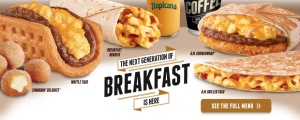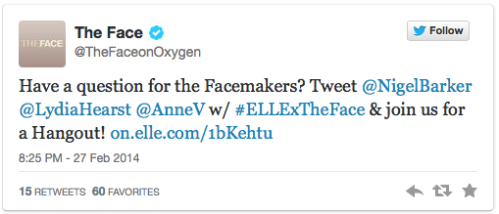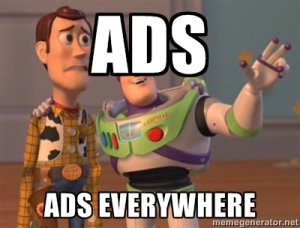Honey Maid recently released an ad that contained a family with two dads, and a family with parents of different races. The ad was meant to celebrate all types of families and make the point that there is nothing except love which makes a family a family.
Although it was an exceptionally beautiful commercial which celebrates the new modern America’s values, there was a lot opposition. A lot of the hate was generated by the fact that some users didn’t agree with the families in the video. Some comments were homophobic and some were racist, but the main idea is that they were filled with hate. Honey Maid could have just let the comments be and come back with no response. They did not do that. Honey Maid made a very strategic marketing move that responded to the negative comments, while creating some loyal customers at the same time. The company hired two artists two print out all of the negative tweets and comments and make something with the hateful messages. The messages first start out as just rolled up tubes, but are transformed into a beautiful image which spells out the word “love.” It doesn’t stop there. They then printed out all of the positive messages and used them to surround the negative ones. The best part: there were nearly 10 times as many positive comments as there were negative. Honey Maid showed the country that they believe in equality and are a company with good intentions for all families. This marketing move really tied the idea of caring and kindness to the Honey Maid brand. These types of outreaches are very unique, and when successful like this one, can really make a lasting impact on the millennials.





